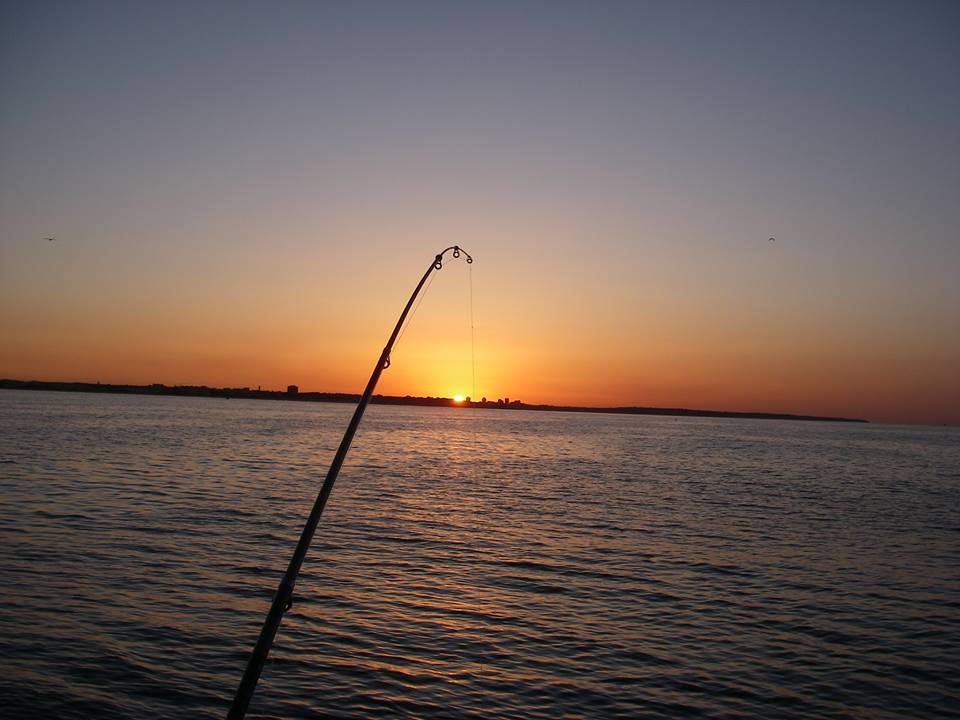This is a guest post by Rifat Khan
There are a lot of factors that need to be considered if you want to be a successful angler. Fishing is not just about patience and dedication, it also requires you to have a great set of fishing equipment in order to have a great catch. But, aside from having the appropriate equipment, you also need to make sure that you know how to use them. After all, the best fishing rods and the best fishing reels will be useless if you cannot use them properly.
An important component of fishing is a fishing reel. Basically, a fishing reel is a cylindrical device that anglers attach to a fishing rod. Its primary use is for winding and stowing line. One particular type of reel is the spincast reel, which was first commercially introduced in 1949. According to market.us, the fishing reel market size is expected to be worth around USD 7.62 Billion by 2032 from USD 4.9 Billion in 2022, growing at a CAGR of 4.5% during the forecast period from 2022 to 2032. The use of the best spincast reel was an attempt to provide a solution to the backlash problem found in baitcast designs and also reduce the line twist and snare complaints that sometimes occur with a traditional spinning reel design.
The spincast reel is a reel with a closed face with all the important parts kept under the nose cone. There is only a little hole in the cover where the line comes out. To use one, you need to press the button on the back, during your forward cast. When the line peels out, you let go of the button to make it stop.
It can be quite easy to get the hang of using a spincast reel, but before anything else, you must know how to put a spooling line on it. If it is the first time that you are using a spincast reel and you have not done it before, below are the steps, which can serve as your guide.
- Take the cover off the reel. As mentioned, the spincast reel has a closed face so you need to unscrew the cover and take it off. Some reels have a screw on while some have a notch and pin to hold everything together.
- If there is an old line, you need to take it off the reel. You can pull just enough of the line off so that you can also put enough new line for a long cast. To save money, you can leave the old line for backing.
- Tie the new line to the spool. Through the hole in the cover, run the line coming from the end of the rod. Then, tie it up to the spool of the reel. You may find it more helpful and even easier to use the rod guides to run the line, from the tip to the handle first. Make an arbor knot and pull it tightly. If you still have the old line as backing, you should tie the two lines together with a nail knot or two clinch knots.
- Put the cover back on the reel. Make sure that you are holding the line tight when you put the cover back on. Also, check that the line is not pinched by the reel cover. Then, after the cover is put back on, pull the line tight.
- Reel new line onto the reel. First, lay the filler spool on the floor. This is to ensure that the line comes off the spool the same way that it goes on your reel. This also helps prevent twisting the line. Then, using one hand to hold the line tight, start reeling the new one onto the reel. At this stage, it is essential to keep tension on the line as it goes on the reel to make sure that it is tight. If the line is not tight, it can catch on itself and eventually cause casting problems.
- Fill spool to 1/8 inch of the lip. Make sure that you do not put too much line on the reel. To check, you may need to take the cover off as you spool it. However, if you do take it off, make sure that you do not pinch the line when replacing it.
- Use line guides to run the line and tie on a lure. If you were not able to run the line through the rod guides before spooling a new line, you can run through the guides now and then tie on your favorite lure. By this time, you can already go fishing. Just remember that it is a good idea to hold the reel when casting so that you can pinch the line between your fingers. By doing so, you can also keep the line tight as you reel in. This is critical when reeling in a light lure which does not put enough tension on the line. A fish pulling against it or a crankbait will help keep the tension on it.
- Remove twists from the line after putting it on. You can idle along and trail line behind you while you are on a boat. Make sure that there is nothing on the line and then reel it in slowly. Another option is laying the line out on a flat surface and then slowly reel it back on the reel. When doing that, make sure as well that there is nothing at the end of the line.
These steps may seem a lot, but they can be simple, especially when you follow it one step at a time. Remember that putting line on the spool of a spincast reel, or any reel for that matter, is vital to ensure that there will be lesser line snags. It can also help ensure a more successful and trouble-free fishing.
The key to a proper spooling is by checking and observing how the line comes off on both sides of the supply. You also need to take line off the side with the least obvious coiling, Moderate pressure should be applied on the line before it reaches the reel. Basically, to sum all the steps up, you need to remove the hood, run the line through the hole, tie it to the arbor and snip off the excess, and then replace the hood. Now, you are ready to go fishing.










